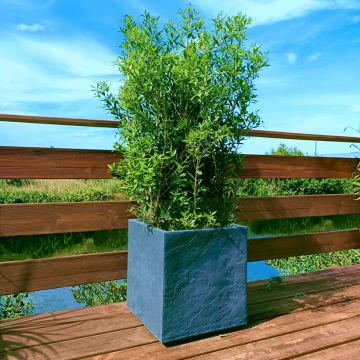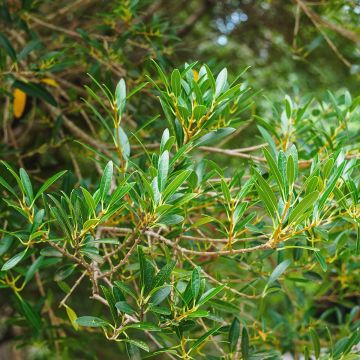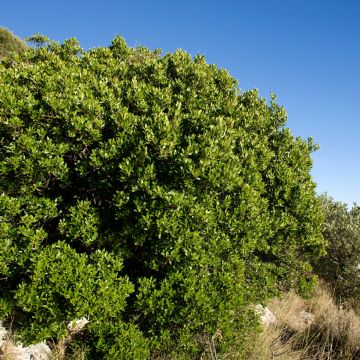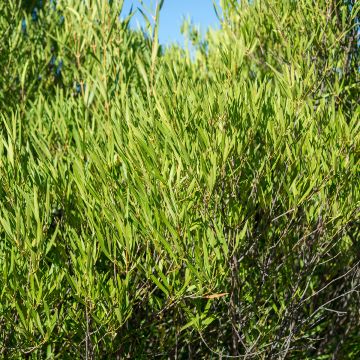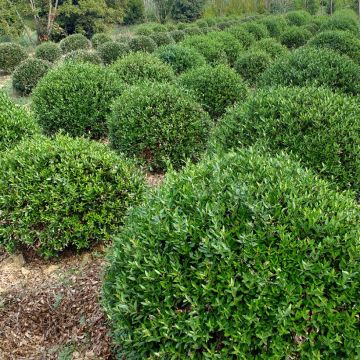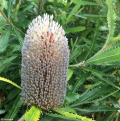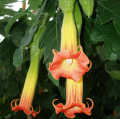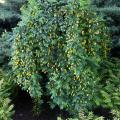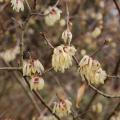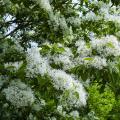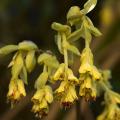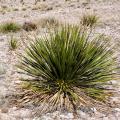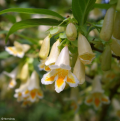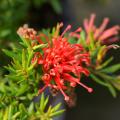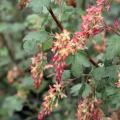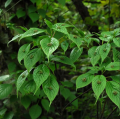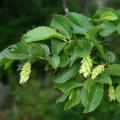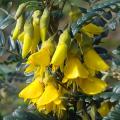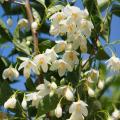Phillyrea
Does this plant fit my garden? Set up your Plantfit profile →
Available in 1 sizes
Available in 1 sizes
Available in 2 sizes
Available in 2 sizes
Available in 1 sizes
Available in 1 sizes
Our range of Phillyrea, also called Filaria or filaires. This genus of bushes from the olive family (Oleaceae) consists of two species, the Narrow-Leaved Phillyrea angustifolia and its close relative with broad leaves, Phillyrea latifolia. Native to the Mediterranean basin, they are interesting for their evergreen foliage, their ability to be pruned repeatedly, and their great resistance to drought. Both naturally grow in France, in the southeast and southwest, often in the company of the evergreen oak. Some cultivars have been selected for their more upright habit (Phillyrea angustifolia 'Green Up') or for their particularly fine foliage (Phillyrea angustifolia 'Rosmarinifolia'). They are a good alternative to boxwood.
The leaves of Philyrea are ovate to elliptical, dark green, more or less glossy, and measure between 3 and 6cm (1 and 2in) in length. Depending on the species and varieties, they can be wider or narrower. These bushes produce small white-greenish, insignificant but fragrant flowers in May-June. Then small fruits that turn blackish-blue when ripe in autumn, sought after by some birds. This Mediterranean bush can tolerate brief frosts of around -15°C (5°F) once mature. Perfectly tolerant of aridity and sea spray, not demanding in terms of soil, it is an excellent young plant for trimmed or untrimmed hedges or undergrowth, ideal for dry gardens without watering and coastal gardens.
Haven't found what you were looking for?







































